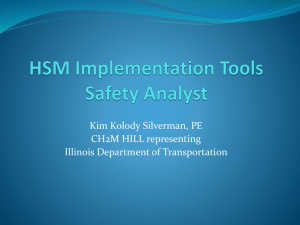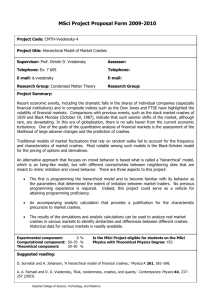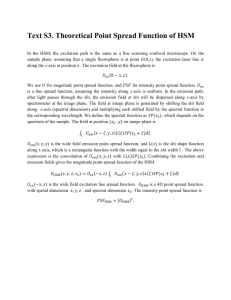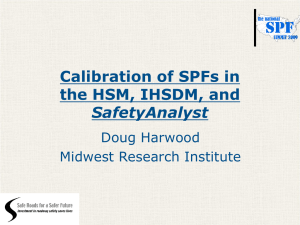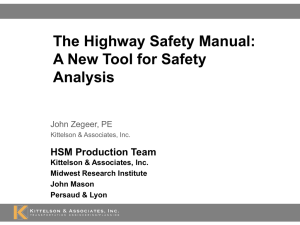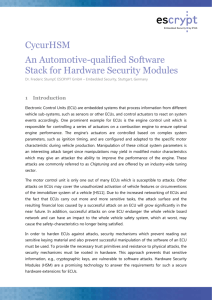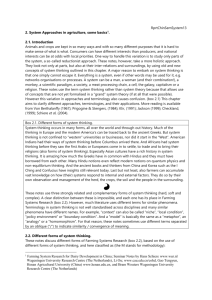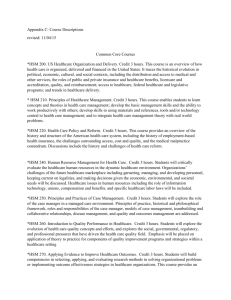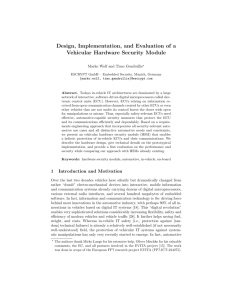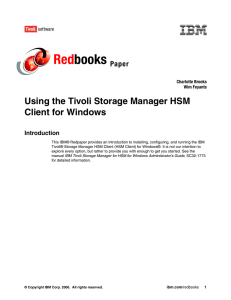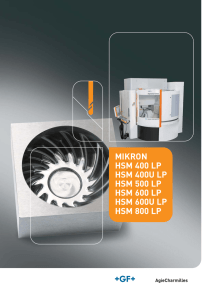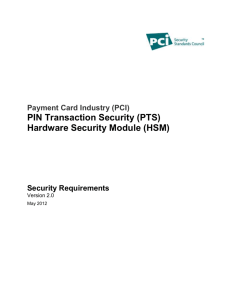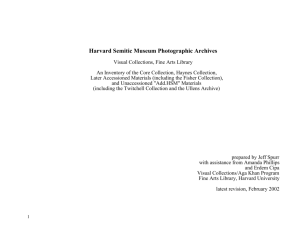problems for chapter 5
advertisement
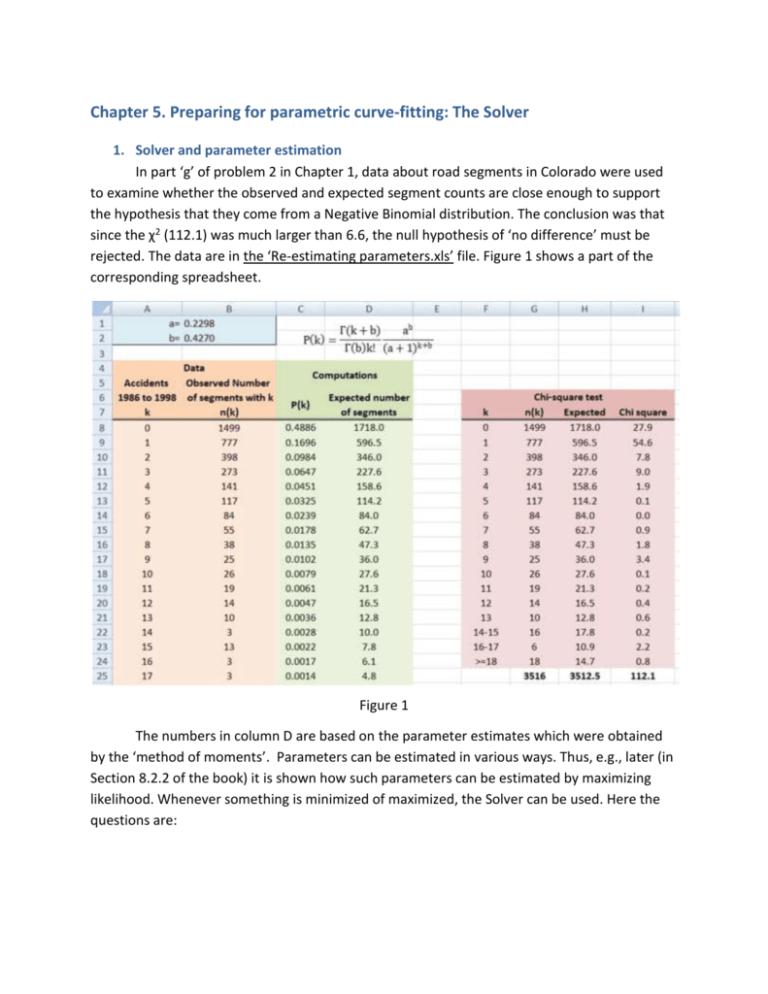
Chapter 5. Preparing for parametric curve-fitting: The Solver 1. Solver and parameter estimation In part ‘g’ of problem 2 in Chapter 1, data about road segments in Colorado were used to examine whether the observed and expected segment counts are close enough to support the hypothesis that they come from a Negative Binomial distribution. The conclusion was that since the χ2 (112.1) was much larger than 6.6, the null hypothesis of ‘no difference’ must be rejected. The data are in the ‘Re-estimating parameters.xls’ file. Figure 1 shows a part of the corresponding spreadsheet. Figure 1 The numbers in column D are based on the parameter estimates which were obtained by the ‘method of moments’. Parameters can be estimated in various ways. Thus, e.g., later (in Section 8.2.2 of the book) it is shown how such parameters can be estimated by maximizing likelihood. Whenever something is minimized of maximized, the Solver can be used. Here the questions are: a. What would be the parameters ‘a’ and ‘b’ if estimated by minimizing χ2? Doing so makes some sense since the χ2 = (observed−expected)2 expected is commonly used to describe goodness-of-fit. b. How good is the resulting fit and whether the ‘no difference’ null hypothesis would still be rejected? 2. SOLVER and the ‘Calibration Factor’ To make use of the Safety Performance Functions in the Highway Safety Manual one has to have a jurisdiction-specific ‘calibration factor’, C defined as: C= ∑all sites observed crashes ∑all sites crashes predicted by the HSM without the calibration factor The purpose of the calibration factor is to account for whatever differences there are between the jurisdiction where the SPFs are to be used and the jurisdiction (and time) from which the data for the SPF came. To estimate the ‘C’ a set of representative sites has to be chosen at which additional information has to be collected. This information is about some traits specified in the HSM which are needed to compute the predicted crashes in the denominator of the above equation. The summation is over all sites for which this information is available. In one such calibration exercise a State collected data at 350 segments of multilane rural roads, used the data to compute the predicted-by-the-HSM yearly crash frequency, and ascertained the number of observed crashes in three years. The data are in the ‘Predicted and Observed.xls’ file. The question is whether C is the same for all sites, irrespective of what their traits are. To answer: (a) Determine the overall C. (b) Prepare a graph with ‘Predicted/year’ on the horizontal axis and ‘Observed in three years’ on the vertical axis. If the points form a straight line this is an indication the ‘C’ is constant. Does the relationship look like a straight line? (c) To check whether it is a straight line estimate the parameters β0 and β1 of the model equation Expected Crashes at site i, μi = β0 (Predicted by HSM crashes at site i)β1 If it is a straight line then β0/3 should be close to C and β1 should be close to 11. 1 Because the observed crashes are for three years β 0 is divided by 3. It is here where Solver comes in. For each site we have the count of accidents, k, and also the predicted-by –HSM value. As will be shown in Chapter 8, the natural logarithm of the (abridged) likelihood of observing the accident counts k1, k2, …,k350 is: 350 ∑(−μi ) + k i ln(μi ) i=1 Replacing the μ’s by the model equation β0 (Predicted by HSM accidentsi )β1 turns the expression into a function of β0 and β1. Fitting this model equation amounts to finding those values of β0 and β1 which maximize the likelihood of observing these accident counts. Is the function a straight line? What are the implications of your finding for the HSM calibration procedure?
